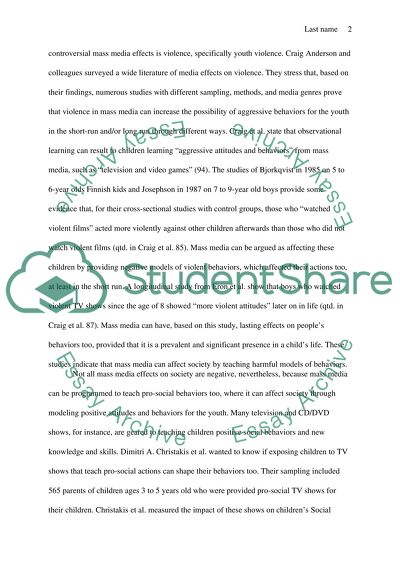Cite this document
(“How the media influeces society Research Paper Example | Topics and Well Written Essays - 1500 words”, n.d.)
How the media influeces society Research Paper Example | Topics and Well Written Essays - 1500 words. Retrieved from https://studentshare.org/english/1493465-how-the-media-influeces-society
How the media influeces society Research Paper Example | Topics and Well Written Essays - 1500 words. Retrieved from https://studentshare.org/english/1493465-how-the-media-influeces-society
(How the Media Influeces Society Research Paper Example | Topics and Well Written Essays - 1500 Words)
How the Media Influeces Society Research Paper Example | Topics and Well Written Essays - 1500 Words. https://studentshare.org/english/1493465-how-the-media-influeces-society.
How the Media Influeces Society Research Paper Example | Topics and Well Written Essays - 1500 Words. https://studentshare.org/english/1493465-how-the-media-influeces-society.
“How the Media Influeces Society Research Paper Example | Topics and Well Written Essays - 1500 Words”, n.d. https://studentshare.org/english/1493465-how-the-media-influeces-society.


